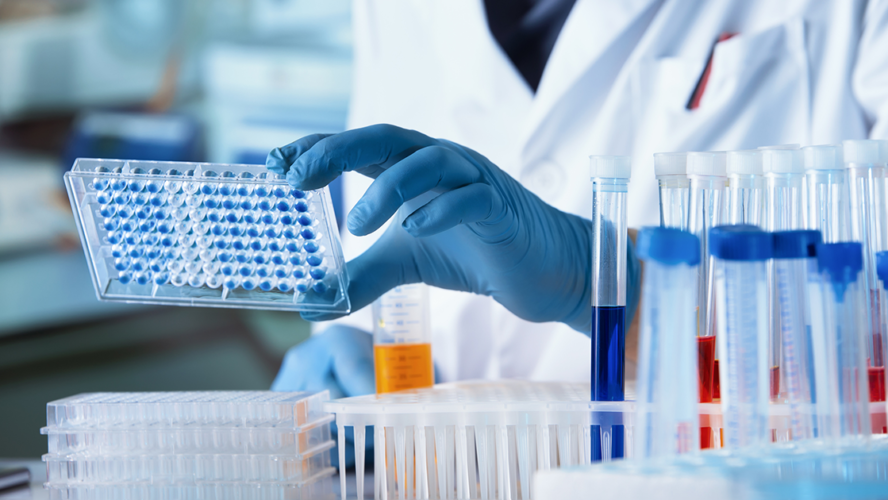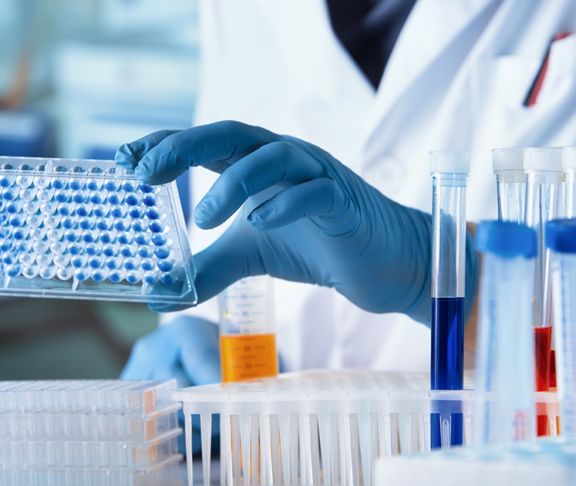
Kath Hayden
President, Association for Clinical Biochemistry and Laboratory Medicine
The healthcare sector is directly responsible for approximately 5% of the total CO2 emissions of the United Kingdom. Laboratory testing is vital and most patients interacting with healthcare will be tested with methods including analysis of blood, urine, stool and swabs.
Laboratory tests are performed in huge numbers; the NHS processes over 1 billion tests annually in England alone. More than half of the resulting carbon emission is indirectly associated with the use of consumable items, such as single-use plastics required for these tests.
Excessive waste in laboratory testing
The NHS has set an ambitious target to be completely carbon-neutral by 2045. This means that it needs to vastly reduce its energy consumption and change how it works. Laboratories, which largely manage these tests, consume significant energy, water and plastic — generating vast amounts of waste.
Furthermore, testing extends beyond the laboratory. The end-to-end testing process begins with the decision to perform the test, then continues with taking the sample and transporting it to the testing facility. Following that, testing the sample, interpreting the results and the doctor’s subsequent actions complete a cycle that generates waste at every step.
Decisionmakers in NHS labs must break down the testing process and identify high-impact opportunities to minimise waste.
How to reduce environmental impact
Decisionmakers in NHS labs must break down the testing process and identify high-impact opportunities to minimise waste. Firstly, many samples submitted for testing are inappropriate or unhelpful. We must educate and influence the behaviours of healthcare workers so that only tests that influence patient care are requested. Secondly, we could perform some tests closer to the patient and increase the energy efficiency of sample transportation.
Inside the lab itself, we can increase energy efficiency. For example, by prioritising environmental sustainability when selecting suppliers and equipment and replacing single-use plastics with less harmful materials. Finally, follow-up investigations and treatment resulting from doctors’ interpretation and communication of patient results should be limited to that which is needed.
All laboratories in the UK and their professional bodies, including the Association for Clinical Biochemistry and Laboratory Medicine, must collaborate on developing innovative, sustainable solutions. Helping the NHS achieve net zero targets requires involvement at every level — because a million small changes will make a big difference.
As the major body for clinical biochemistry, immunology and microbiology in the United Kingdom, the Association for Clinical Biochemistry and Laboratory Medicine (ACB) works to promote the highest standards in laboratory testing and patient care.

